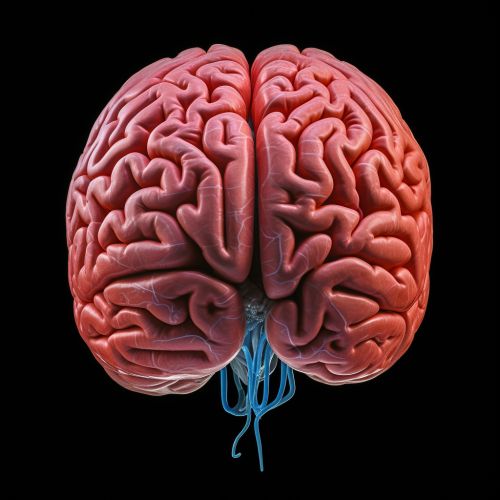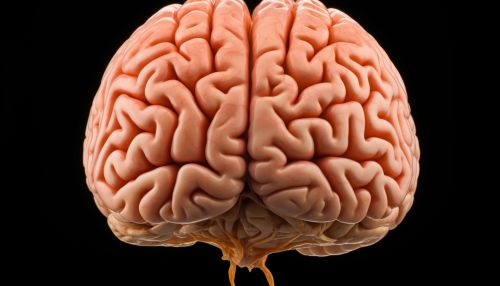Occipital lobes
Anatomy and Function
The occipital lobes are one of the four main lobes or regions of the cerebral cortex in the brain of mammals. They are situated in the rearmost portion of the skull, the name deriving from the overlying occipital bone, which is named from the Latin 'ob', behind, and 'caput', the head. The occipital lobes are the visual processing center of the mammalian brain containing most of the anatomical region of the visual cortex.


The primary visual cortex is Brodmann area 17, commonly called V1. Human V1 is located on the medial side of the occipital lobe within the calcarine sulcus; the full extent of V1 often continues onto the posterior pole of the occipital lobe. V1 is often also called striate cortex because it can be identified by a large stripe of myelin, the Stria of Gennari. Visually driven regions outside V1 are called extrastriate cortex. There are many extrastriate regions, and these are specialized for different visual tasks, such as visuospatial processing, color differentiation, and motion perception.
Clinical Significance
Damage to the occipital lobe can cause visual deficits. Lesions to the primary visual cortex, which is located on the surface of the posterior occipital lobe, can lead to blindness due to the holes in the visual map on the surface of the cortex resulting from the lesions. The cortical region that surrounds the primary visual cortex (known as the association cortex) is referred to as the visual association area. Lesions of an occipital lobe can cause visual hallucinations.
Development
The occipital lobe is the last lobe to develop in the human brain. This late development is part of the reason why humans have more complex visual capabilities than most other animals. The occipital lobe develops from the posterior region of the embryonic neural tube and is influenced by the notochord and the mesoderm.
Evolution
The occipital lobe is a part of the telencephalon, which is the embryonic structure from which the cerebrum develops. In non-mammalian vertebrates, the "occipital lobe" does not exist as a distinct entity. Instead, the functions of the occipital lobe are performed by the posterior regions of the brain.
